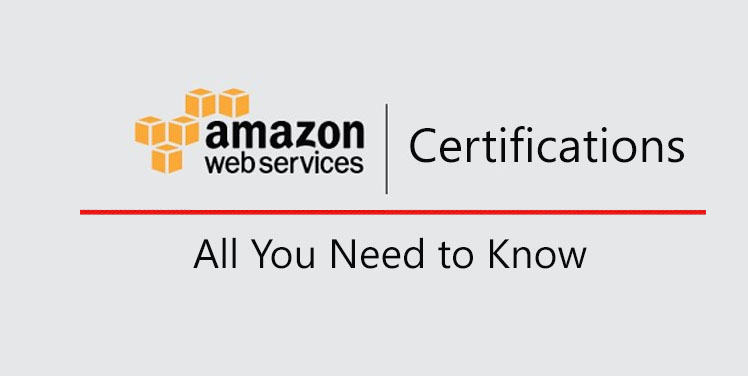Technology has changed education in a big way. Virtual classrooms are now more popular than ever. These online spaces mix old-school teaching with new digital tools, making learning flexible and easy to access.
But like any tech advancement, virtual classrooms have their pros and cons. This article looks at both the good stuff and the challenges that come with them. It gives a clear picture of how they affect modern education today.
Benefits of Virtual Classrooms
Virtual classrooms bring a lot of perks to the table for both students and teachers. First off, they offer great flexibility. Students can join classes from anywhere, which means no more worrying about travel or location issues.
This is especially helpful for those in remote areas or with mobility challenges. Another big plus is the chance to learn at one’s own pace. I need to go over something again, no problem—just review the materials whenever needed!
Plus, virtual classrooms often use cool multimedia tools like videos, interactive quizzes, and discussion forums that make learning fun and cater to different styles. And let’s not forget access to a wider range of courses and expert instructors from all around the globe!
Challenges of Virtual Classrooms
Virtual classrooms have a lot of perks, but they come with their own set of challenges. One big issue is the lack of face-to-face interaction. This can make students feel isolated and less engaged. Without a physical classroom, it’s tough for teachers to see if students are really getting it or participating.
Technical problems like bad internet connections and software bugs also mess things up sometimes. Plus, all that extra screen time leads to digital fatigue and takes a toll on mental and physical health.
Another major hurdle is keeping academic integrity intact online since traditional ways to monitor exams don’t work as well in this setting.
Technological Requirements and Accessibility
Making virtual classrooms work well depends a lot on tech and access. Both students and teachers need good internet, up-to-date devices, and know-how with digital tools to make online learning effective. This can widen the gap for those who can’t afford these resources.
Schools must invest in training so everyone knows how to use virtual platforms smoothly. It’s also important to think about accessibility for students with disabilities, making sure that online classes are fair for all.
Improving educational technology is key here—it’s what will help break down barriers and boost the success of virtual learning spaces overall.
Future of Virtual Classrooms
The future of virtual classrooms looks bright. Technology keeps pushing online education forward with new innovations every day. AI and machine learning will soon make learning more personalized, offering custom feedback and adaptive paths for students.
Virtual reality (VR) and augmented reality (AR) can create immersive experiences that blend physical and digital worlds seamlessly. But there are challenges to tackle in virtual learning to unlock its full potential.
Collaboration is crucial here—schools, tech developers, policymakers all need to work together on this front. Companies like DEV.co play a big role by creating advanced solutions that improve the online classroom experience.
With these advancements, education can become more dynamic, inclusive, effective for everyone involved now—and generations down the line!
Conclusion
To wrap things up, virtual classrooms bring a lot of perks. They make learning more accessible and flexible for everyone. But let’s not forget the challenges that come with them. These need tackling to ensure success.
The key is to keep evolving educational tech and work together to solve problems. This will be crucial in shaping how online learning looks in the future.





